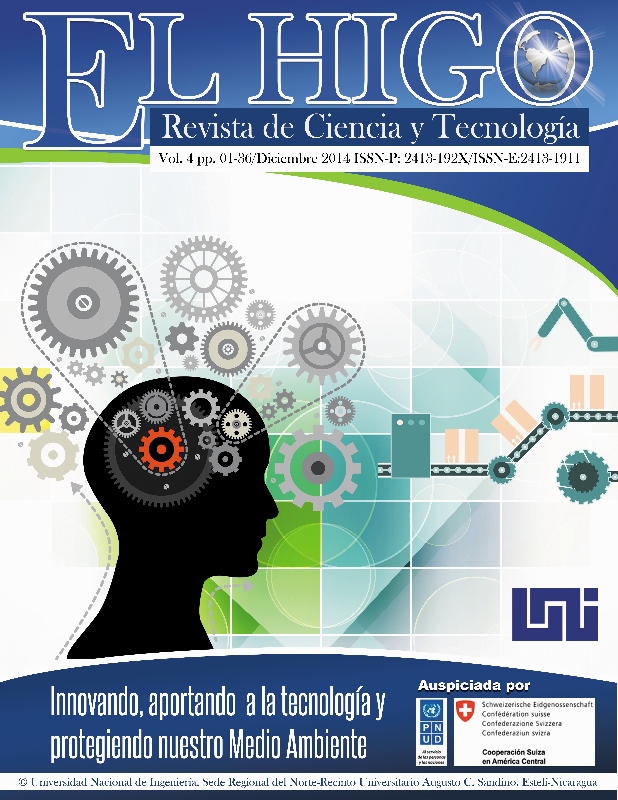Development and validation coffee pulp ensiled with lacto-ferments, for preparing food supplement for swine
Keywords:
coffee pulp silage, swine, nutritional supplement, coffee pulp, apparent digestibilityAbstract
In the research “Development and validation of pulp ensiled coffee lacto ferments as a dietary supplement for swine,” was proposed to evaluate coffee pulp silage as a non-traditional food in the process of feeding swine, assessing the level of consumption and acceptability of the product combined with commercial food for animals. The pilot phase was conducted at the farm located in the community El Naranjo in the department of Estelí with four female swine of the race “casco de mula” in the fattening phase. It was determined that you can use coffee pulp silage to supplement pig food, the digestibility was evident to a value greater than 70%. Similarly it could corroborate that it can not fulfill the nutritional demands that the commercial food for animals brings in the fattening stage, so it is recommended as a dietary supplement by up to 15% with commercial food for swine. The production cost of one quintal of pulp ensiled coffee is 272.7 net córdobas being this less than one quintal of food for animals, which costs C$ 600.00 córdobas, giving coffee producers an alternative to process coffee pulp by silage and provide it as a dietary supplement for those who have farms raising swine or people who want to try to feed swine with nutrional supplement cheaper than the commercial food.
Downloads
Downloads
Published
How to Cite
Issue
Section
License
Los artículos publicados en la revista El Higo, Nicaragua, se comparten bajo términos de la licencia Creative Commons: Reconocimiento, No Comercial, Compartir Igual. que permite a terceros utilizar lo publicado siempre que mencionen la autoría del trabajo y a la primera publicación en esta revista. ![]()
Los autores/as pueden realizar otros acuerdos contractuales independientes y adicionales para la distribución no exclusiva de la versión del artículo publicado en esta revista (p. ej., incluirlo en un repositorio institucional o publicarlo en un libro) siempre que indiquen claramente que el trabajo se publicó por primera vez en esta revista.






